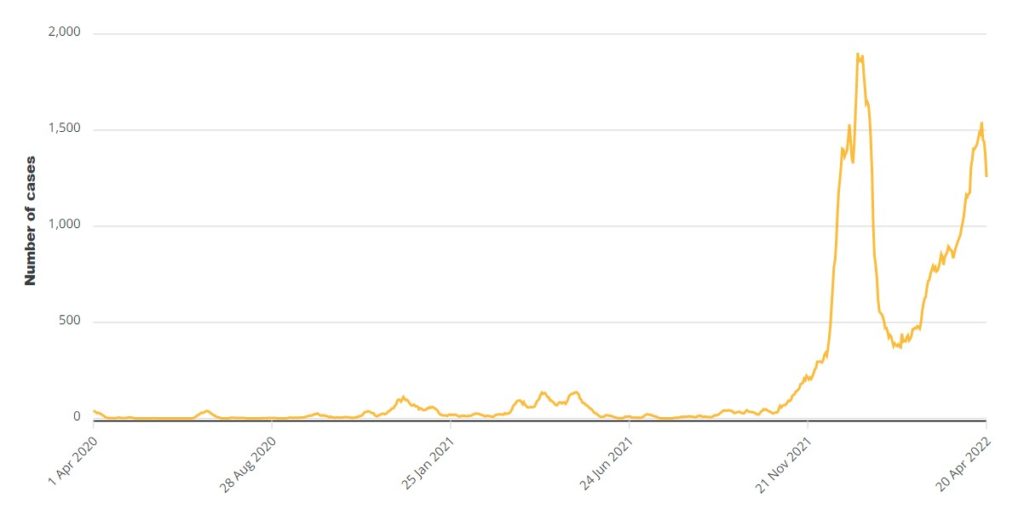I took the week off. Things to do. That toilet flap with the itsy-bitsy trickily drip? Replaced. Raised bed cover? Mended. Hedge? Trimmed. Whipper?Snipped. So I am a bit tight for time. Good thing, then, that the beer world went dead this week as far as news goes. Me, I might go over to the USA on Friday but might just go to the west end of Ottawa instead… border still have rules you know. Maybe nip over to a dep and an SAQ in Quebec, too. I’ll let you know if I did next week. Please stay calm in the interim. Please. If I was going south over the big river this week, I could hit the Thursday night “Beers, Bikes and Barges” talk in Albany, NY where Craig is talking.
Join the Historic Albany Foundation, Discover Albany, the Albany Ale Project, and the Erie Canal Museum for this hourlong cycling tour through Albany looking at the city’s Erie Canal and brewing history. See sites like the location of the enormous John Taylor and Sons Brewery and Lock #1 on the Old Erie. The ride begins and ends at C.H. Evans Brewing Company, where you will be treated to a beer as part of your ride as well as a brief history of the brewery itself.
That sounds like a lot of fun. Though they misspelled enooooooormous. Because it really is that big. H_GE and a zillion U’s in between. Big. And that’s only the remaining part of the facility. There is even a stream running right under the building still. That’s the sort of thing you get to see when Mr. Gravina hauls you all over town saying “LOOK AT THAT!!!” 37 times a minute.
Stan released his latest Hop Queries bulletin by Telex… err… email subscription and, as always, has the substantive news that the kids all are filling the streets demanding.
Hop acreage strung for harvest in the three northwestern states of Idaho, Oregon and Washington declined this year for the first time since 2012. Given what happened to world beer consumption beginning in March of 2020, that shouldn’t be a surprise. There’s an overall surplus of hops, in various forms, to be worked off. Fact is, farmers only reduced acreage 2%, planting 59,896 acres, which is 1,255 more acres than they harvested in 2020 . . . and 30,213 more than 10 years ago.
So… is it Crisis, What Crisis? or These Be Yon End Times! Dunno. I tend to pay more attention to my reassuring blood test numbers than freaky hop acreage stats. Other news? Apparently BrewDog didn’t share it’s private business planning with the world a few years back – just like every other private business didn’t:
Brewdog’s CEO James Watt was involved in preliminary discussions about a potential sale of part of the firm to rivals Heineken, the BBC has learned. Leaked emails from 2018 reveal he told Heineken he was “open to being more pragmatic in our views on independence”. He previously criticised craft brewers for “selling out” to bigger companies. Brewdog said the BBC’s reporting had demonstrated “vindictive scrutiny and malicious criticism” of the beer firm.
Why would this be something anyone would think would be made public? I was thinking how BrewDog has basically replaced all of macro industrial beer as the “bad guy of beer” – some of which – maybe much of which – is probably deserved… but the weird thing is how they have seemed for a whole to soak up all the attention for the past few months – and perhaps letting other bad actors off the hook.* So, it was some relief to see that GBH has shifted focus to another toxic situation well worthy of attention:
A current Tired Hands employee says Broillet has effectively resumed his role as CEO and is at the brewery’s facilities six days a week. A former brewer who left the company this spring as a result of Broillet’s presence at the brewery confirmed that the founder has been working at Tired Hands’ property for months. “The public wasn’t made aware of that at all. He just kind of snuck in and [employees] really don’t want him around,” the former employee says.
Conversely – at least in the heroic outcome department – Martin himself shared another bit of research no doubt uncovered in the preparation of his upcoming book on stout with the tale of how Guinness administered under medical care got one particular gent out of a rather challenging personal situation:
On Sunday June 18 1815 at around 6pm in the evening, at the height of the Battle of Waterloo, ten miles south of Brussels, a 33-year-old captain in the 7th (Queen’s Own) Regiment of Hussars named William Verner, born in County Armagh, Northern Ireland, was hit in the head by a French bullet — one of 47,000 casualties that day.
Fabulous. Far less corpse ridden, Ray wrote an excellent piece for their B+B Patreon subscribers on his father’s approach to pubs:
He also taught me everything I needed to know about pubs and drinking, when I started (a bit late) in my early twenties. I remember sitting with him in the Railwayman’s Club in Bridgwater while he explained that I was drinking too slowly to be sociable: “Bloody hell, son – like this! Chug, chug, chug…” Third of a pint goes. “Chat, chat, chat. Chug, chug, chug.” Next third disappears. “Chat, chat, chat, then finish it…” Final third down the hatch. “Then get the next round in.” I think of him, I guess, as the ultimate Pub Man.
My old man was a church minister… but he was late to the ways of the cloth and shared hints of a similar youth in industrial Scotland. A short poured pint would “have gone back in the bartenders face when I was a lad.” Tales of great uncle with head butting skills. Hence my familiarity, no doubt, with this sort of grim news from the Old Country:
…alcohol-related hospital stays were nearly eight times higher among the most deprived Scots. Minimum unit pricing was introduced to curb excessive alcohol consumption and related harms, including death, crime and unemployment. But a separate PHS report published earlier this month found “no clear evidence” the policy had reduced consumption amongst the most harmful drinkers.
Bad news continues. Good beer is at risk of collapse, according to one correspondent from the antipodes:
Joseph Wood started making beer in a shed in New Plymouth more than a decade ago. Now he’s a master brewer, and the beers he makes at Liberty Brewing north of Auckland are some of the most awarded in the country. But he’s never seen anything like the past 12 months. “It’s a miracle we’ve managed to keep stock on the shelves. People moan about the price of beer – they’ve been lucky to get it at all.”
Is it that bad? Let’s watch and see if the brewery closings speed up. I give them a summer grace period. We’ll know by October. And, speaking of the neg, there was a interesting anti-craft comment of note over at NHS Martin’s post about his visit to the Ring O’Bells:
I can barely recall* a time when I’ve resorted to the can fridge for a beer in a pub, I’m so utterly mistrustful of the fancy can lottery, which in pubs is often the repository for the wackiest sweet and sour high abv fruity-sweet hell-beers that I’ve never heard of. Also, is it just me that regards drinking what is in effect the takeaway/off license option in an on-licensed premises, somehow like eating a takeaway in a restaurant, kinda not the point. And finally, why is it that what’s probably the only acceptable use of a specialist drinks fridge, for bottles/cans of good dry ciders, is as rare as speckled hen teeth…
Lordy. An unhappy man in beer? Never hoyd of it! Well, neither did the person making the comment as he was actually quite happy in a good pub with a pint of plain beer. But… it does speak to division in a way that I get – and worth tucking away should a new sort of craft collapse actually be underway. As to the fancy can lottery, just this week I got tricked** into trying a Cold IPA*** in a fun can which, if true to Nu-Styl Rools, means an unbalanced blast of hot Minwax furniture polish to the mouth with thin traces of malt. Similar themes were afoot in this YouTube bit Eoghan Walsh noted shared of Irish people trying craft beer. Hint: they aren’t signing up anytime soon. Not a growth sector. Thinking of investing your time or money further in craft? Please tell us why in the comments.
There. Thought it would be shorter. Sure didn’t take that long to write. Last week? I poured over that one over and over for days. No one gave a crap. As they shouldn’t. For more, check out the updates from Boak and Bailey mostly every Saturday but not from Stan every Monday as he is on his summer holiday. Check out the weekly Beer Ladies Podcast, and at the weekly OCBG Podcast on Tuesday (Ed.: back again this week) and sometimes on a Friday posts at The Fizz as well. There is a monthly sort of round up at The Glass. (Ed.: that seems to be dead now.) There is more from DaftAboutCraft‘s podcast, too. And the Beervana podcast. And sign up for Katie’s irregular newsletter, The Gulp, too. And check out the Atlantic Canada Beer Blog‘s weekly roundup. Plus follow the venerable Full Pint podcast. And Fermentation Radio with Emma Inch. The AfroBeerChick podcast as well! And also look at Brewsround and Cabin Fever. And Ben has his own podcast, Beer and Badword (Ed.: …notice of revival of which has been given… still not on the radio dial…) And remember BeerEdge, too, and The Moon Under Water. There has also been the Beer O’clock Show but that’s now winding up after ten years.
*Time for another reminder of the “Sex For Sam!” project that still gets that pass.
**Tricked, I tell ya!!
***I name no names.
















